Purple Magazine
— F/W 2008 issue 10
Los Angeles
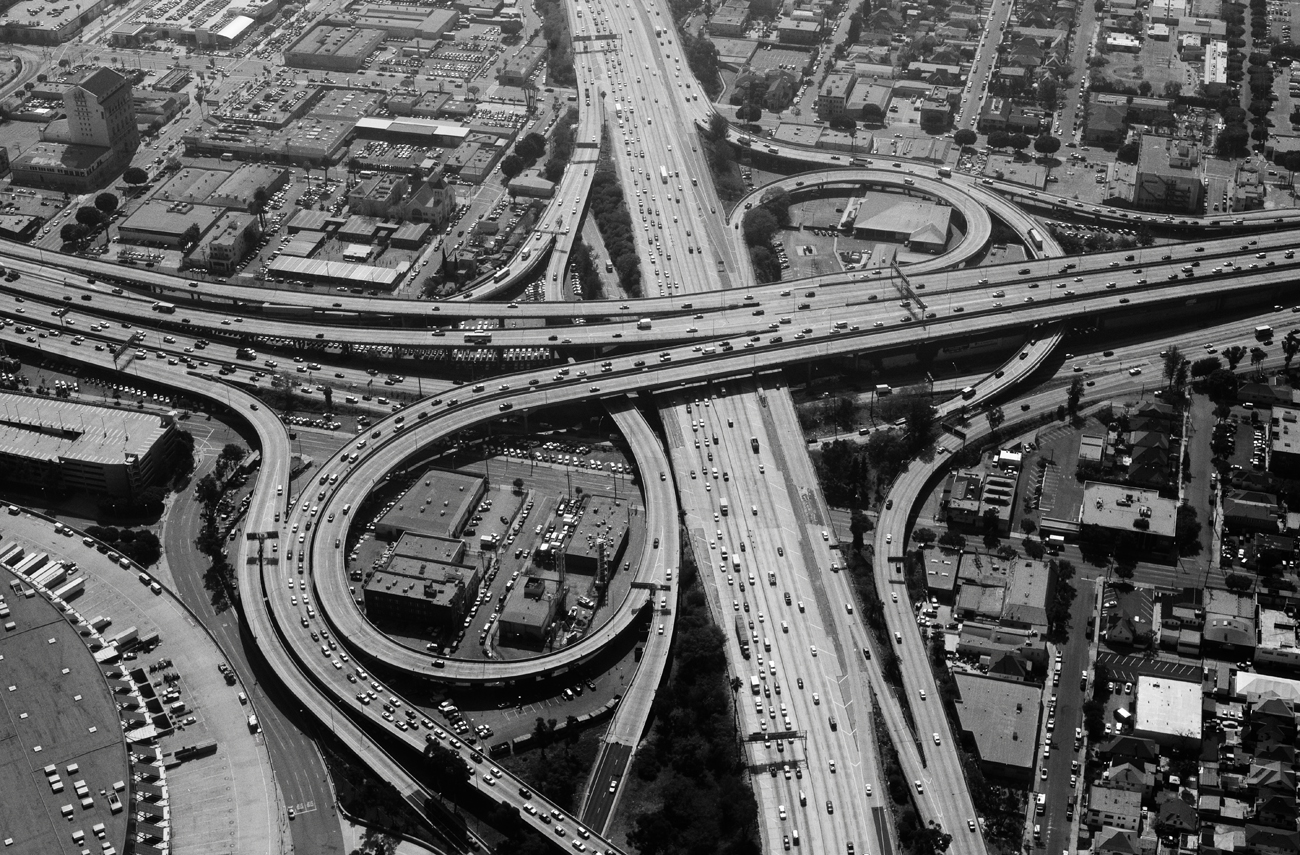 photo Terry Richardson
photo Terry Richardson
 photo Terry Richardson
photo Terry Richardson
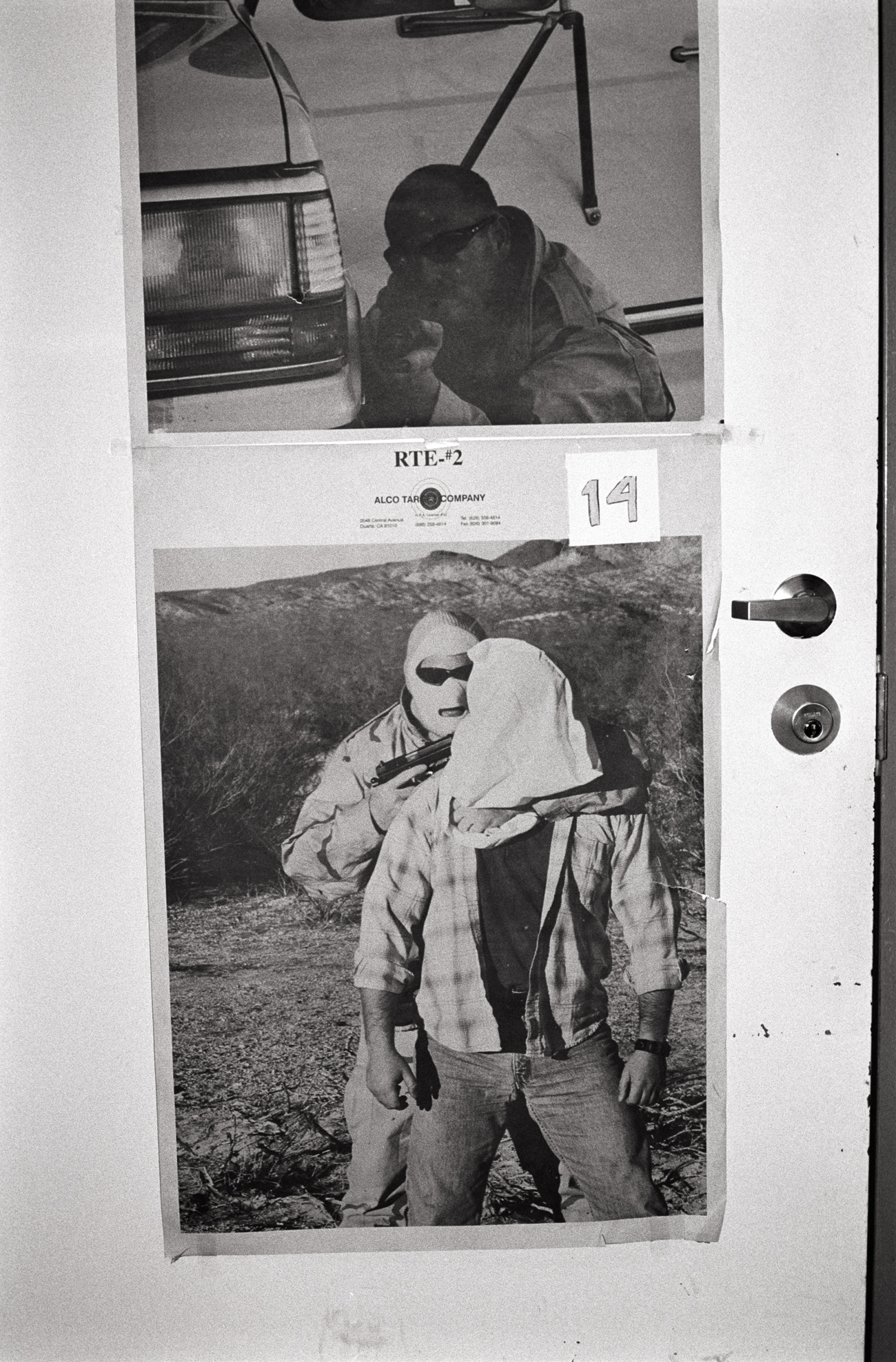 photo Terry Richardson
photo Terry Richardson
 photo Terry Richardson
photo Terry Richardson
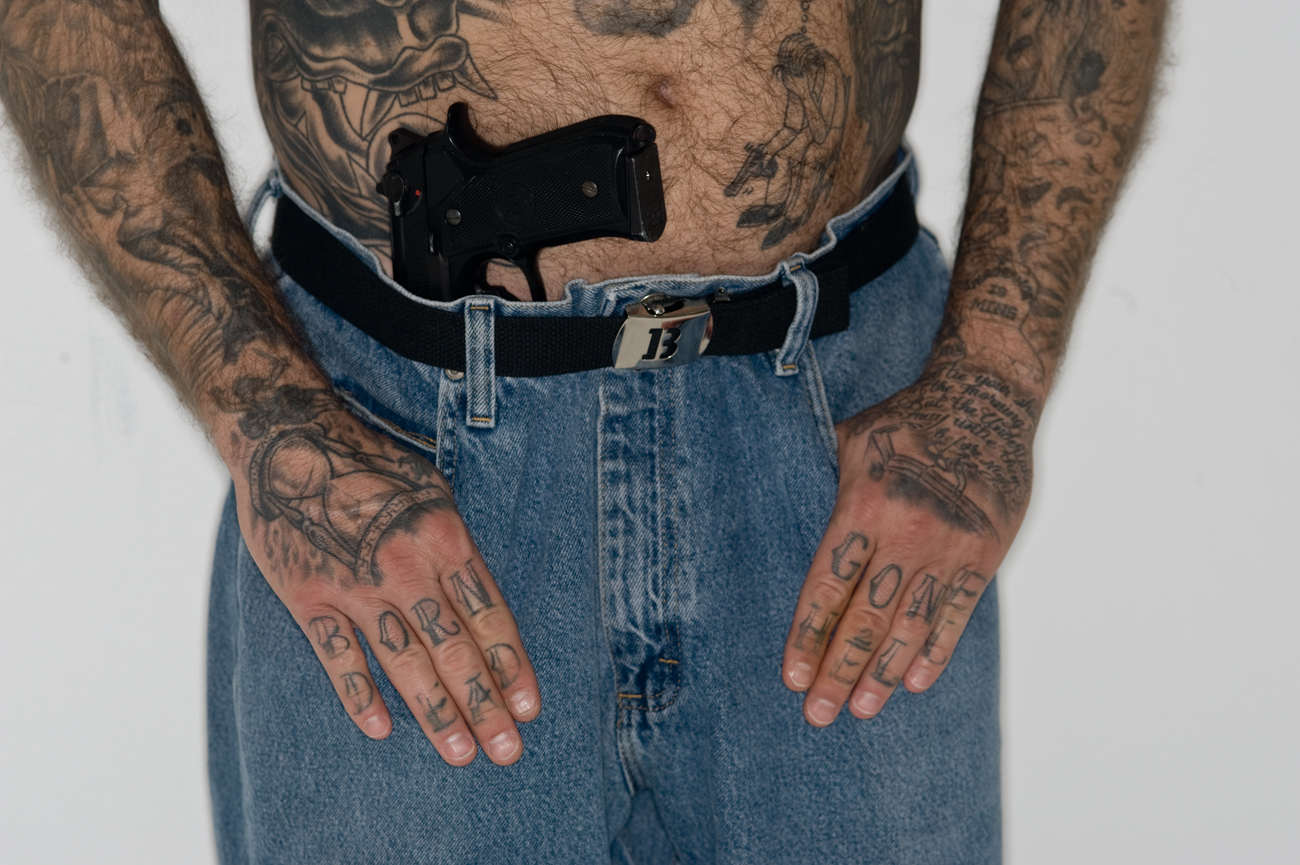 photo Terry Richardson
photo Terry Richardson
 photo Terry Richardson
photo Terry Richardson
 photo Terry Richardson
photo Terry Richardson
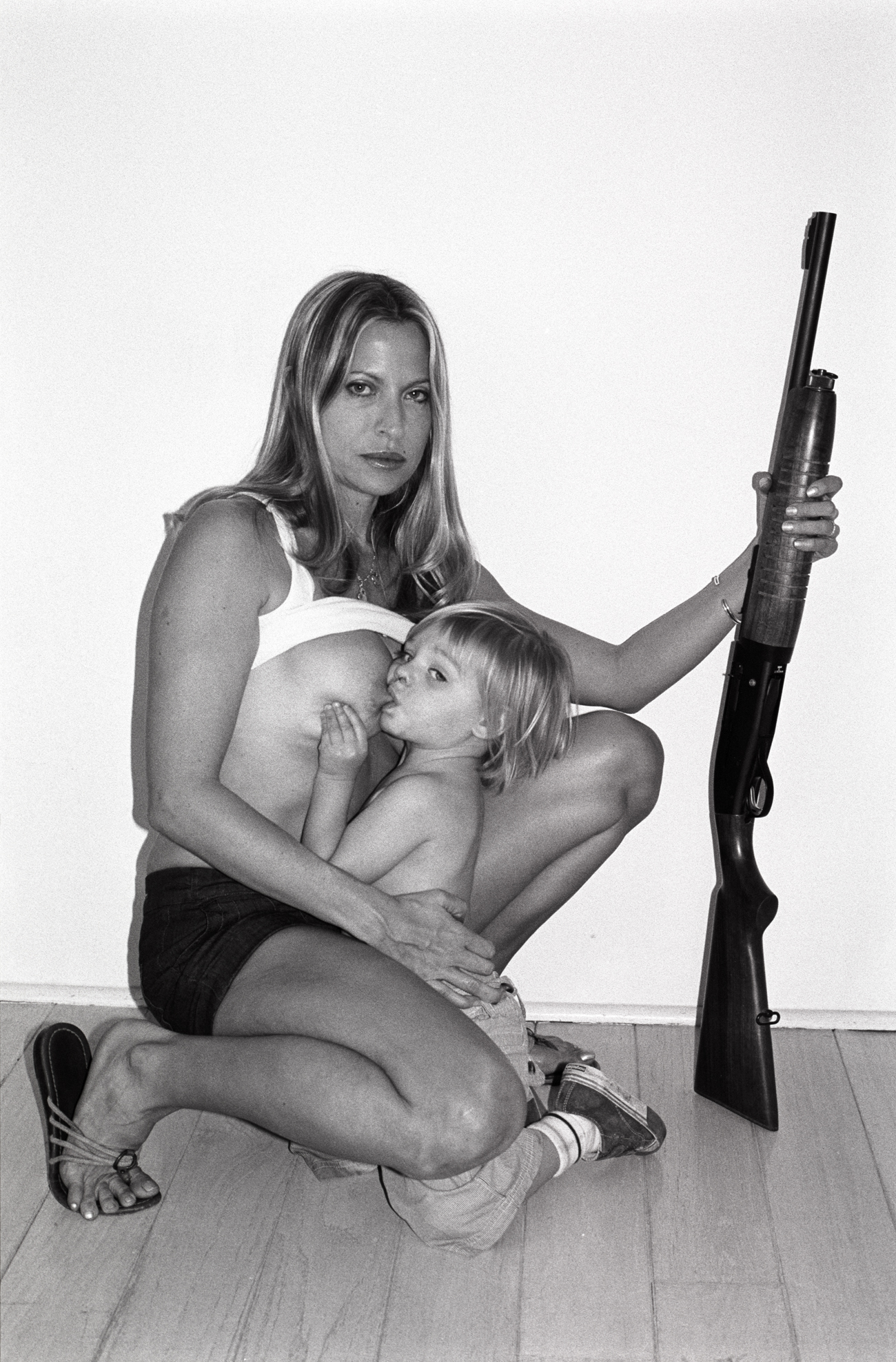 photo Terry Richardson
photo Terry Richardson
 photo Terry Richardson
photo Terry Richardson
 photo Terry Richardson
photo Terry Richardson
 photo Terry Richardson
photo Terry Richardson
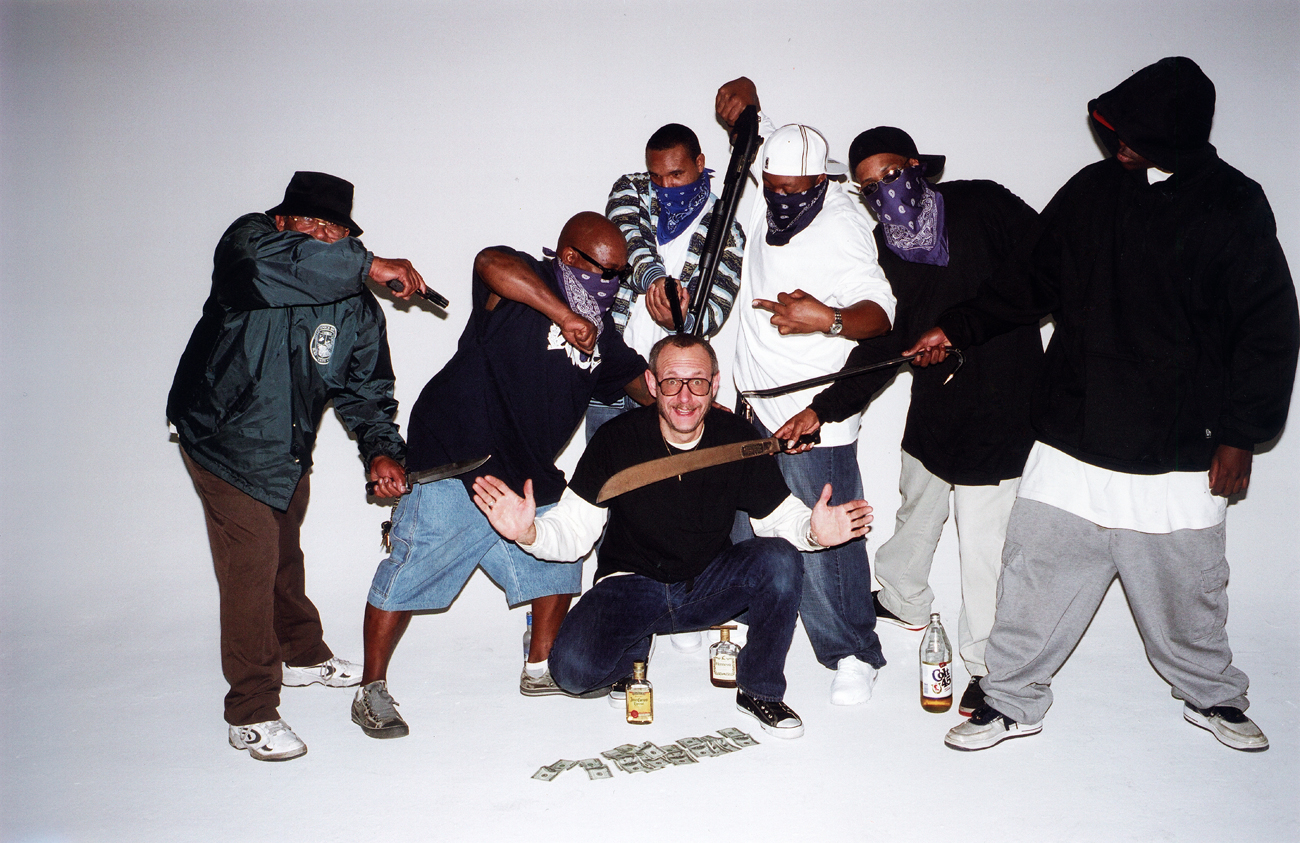 photo Terry Richardson
photo Terry Richardson
photographs by TERRY RICHARDSON
text by JEFF RIAN
World’s End
Where the sun sets on WESTERN CIVILIZATION and all the migration and immigration stops. Period.
It’s a dream and a hedonistic parody of PLATO’S REPUBLIC, with its New Age mystics and psychic murderers, Hollywood movies, custom cars, the AKERS, and SCIENTOLOGY, organic groceries, aesthetic surgery, piercings and tattoos, STREET GANGS, Mexican migration, the HIPPIE movement, computer science, gene engineering, NANOTECHNOLOGY, the sex, the sea, the sun: WELCOME TO LOS ANGELES.
Mongolian asians first migrated to what is now the Americas about 12,000 years ago. Nomadic and tribal, they domesticated dogs, but never discovered the wheel, and didn’t know about horses until the Spanish conquistadors imported them about 500 years ago. Those conquistadors, moving north from Mexico, founded, in 1781, the city of El Pueblo de Nuestra Señora la Reina de los Angeles de Porciuncula (Our Lady the Queen of the Angels of Porciuncula), now called Los Angeles. They held it until 1845, when California became part of the United States. During the Spanish-controlled mission days, most of the city’s inhabitants were Native Americans, many of whom were slaughtered or conscripted — virtually enslaved — by Jesuit missionaries.
A path from east to west was laid by Rocky Mountain trappers, who, from the 1820s to 1840s, culled countless beaver pelts to make hats, then all the rage in Europe. One of the most famous of these trappers, Jedediah Smith, discovered the South Pass, which formed the gateway to California, America’s Mediterranean. In the mid-19th century, a New York newspaper editor named Horace Greeley told young men of America, “Go West!” His clarion call followed the government’s God-bestowed mission of Manifest Destiny, ordained by evolutionary right, to claim the farthest reach of the West’s historic trajectory, which began in ancient Greece and would culminate at the California coast, the eastern capital of the Pacific Rim, and frontier of Western migration.
Gold and opportunity brought Midwest farmers, freed Black slaves, Europeans and Asians, gold seekers, oil investors, railroad builders, missionaries, newspaper people, rakes, and venture capitalists to the new Mediterranean. As Mark Twain noted in Roughing It, out West “There were none of your simpering, dainty-kid-glove weaklings, but stalwart, muscular, dauntless young braves, brimful of push and energy.” This uncouth energy would become the breeding ground of its future.
Northern California was fastest to develop, largely due to the discovery of gold in 1849. Southern California grew more slowly. In 1865, the population of Los Angeles was about 8,000, half of which were Native Americans, and there was a murder a day. Steadily, though, L.A. grew, in struggles over agriculture and real estate, oil and real estate, entertainment and real estate, evolving into a motley patchwork of ethnic and social groups vying for space in a sprawling metropolis with no real city center. By 1914, L.A.’s population was 300,000. Today it is 15 million.
In The Great Transformation, economic historian Karl Polanyi examined how American fortunes were founded on free land. To encourage the construction of rail lines across the country, the U.S. government gave grants of land up to fifty miles wide to its builders, who later earned the name Robber Barons for the riches they gained through theft, bribery, and corruption — virtually proving that every great fortune is built on an equally enormous crime. Andrew Carnegie made his fortune cutting a swath across America. Towns that refused to pay concessions were detoured and left to die. Carnegie used inferior steel to lay track because he had the government concessions to replace it. Bribery and extortion were matters of business. Plus ça change, plus c’est la même chose. Those same robber barons, such as Carnegie and Henry Clay Frick, took lavish European shopping sprees to create America’s world-renowned museums. Their drive westward made them rich.
America’s philosophy of transcendentalism also began during this westward growth, as did the creation of its images. Nineteenth-century painters such as Albert Bierstadt (1830-1902) and Frederic Church (1826-1900) would create Eden-like landscapes from drawings they made on trips cross country, working them up in oil in their studios on 10th Street in New York City, using every known artistic trick of turning nature into theater. Ultimately, those grand American landscape vistas would prefigure the wide-open western films of John Ford, which, in turn, would be adopted in ad campaigns for Chevrolet and Marlboro, to name just two.
By historical standards, however, California is young and not yet civilized by time or tradition. The world recognizes L.A.’s streets and beaches from film, television shows, and magazines, and its adolescent insouciance from surfers, skateboarders, and musicians; its deserts, valleys, and mountains; its Hollywood celebrities and sex symbols. They recognize that L.A. is not New York, which is the filter through which California culture reaches Europe.
In the 1920s, slapstick comedy became a stock-in-trade Hollywood movie style — being slapped by a stick or hit over the head was considered funny. That was the age of Charlie Chaplin, Laurel and Hardy, and Buster Keaton — and the age of Dada and Surrealism in Europe, where artists applied scientific thinking to absurdities. This same application of reason to nonsense was given the Hollywood treatment in, say, Keaton’s effort to keep hold of his hat as he sinks into water. All the same, these actors were serious adults performing like children in an age of economic depression, when growing up and starting a family was financially difficult but still a cultural imperative. In the 1930s, during an epic drought, impoverished farmers — nervous husbands, exhausted wives, and their barefoot kids — migrated to California, the land of year-round harvests, to find work. What they found was a form of slavery, which John Steinbeck captured in The Grapes of Wrath.
During the 1920s and ’30s, cinema royalty was embodied in two Hollywood actors, Douglas Fairbanks and Mary Pickford, who married, built a mansion in Los Angeles they called Pickfair, and had their lives documented on screen. Mary and Doug were the first celebrities whose lives were shown in detail at movie houses that cost five cents to enter. In an age of crushing economic depression they represented the middle-class dream come true. The couple also reinvented the games of tennis and golf by playing both games so elegantly on screen, fertilizing the eventual madness for these sports.
The California aesthetic has been described as both sunny and noir. The sunny side includes its beaches and the fostering of the greatest artist of the Twentieth Century, Walt Disney. L.A.’s dark side is represented by the gangs and gangsters, written about by Raymond Chandler, and played by Humphrey Bogart in The Big Sleep, and by the evolution of this genre of films — Chinatown, Blade Runner, L.A. Confidential — and TV shows like The Streets of San Fransico and Starsky and Hutch. It seems like there’s always a detective — even on Baywatch. The noir side is also conveyed in the struggle over real estate, the seismic portent of the San Andreas Fault (which threatens the state’s very existence), its perennial landslides, flashfloods, brush fires, smog, and its enormous traffic problem. But the darkness does not compromise the dream. After all, L.A. is like living at the beach. And even if you have a shitty job, there’s always beach.
In his 1971 study, Los Angeles: the Architecture of Four Ecologies, Reyner Banham described L.A. as a city of movement, not monuments, built around the vernacular architecture of fast-food drive-ins and industrial parks. Movement refers to narratives; monuments recall memorials. California epitomized American popular culture, a phenomenon Andy Warhol noticed as he drove across the country to L.A. in 1963:
The farther west we drove, the more Pop everything looked on the highways. Suddenly we felt like insiders, because even though Pop was everywhere — that was the thing about it, most people still took it for granted, whereas we were dazzled by it — to us, it was the new Art. Once you “got” Pop, you could never see a sign the same way again. And once you thought Pop, you could never see America the same again. The moment you label something, you take a step — I mean you can never go back again to seeing it unlabeled.
The sun, the sea, the organic groceries, and the health mania live alongside the gangs, the drugs, and the pornography industry; celebrities, the custom car trade, and the computer industry thrive along with the New Age mystics and psychic “channelers” like Shirley MacLean who hear the voices of ancient pharaohs the way drivers hear announcers on the radio. California is the stomping ground of the Hells Angels, the hippie movement, computer science, gene engineering, and nanotechnology. Los Angeles is the home of the corporate headquarters of Scientology; the haven of Charles Manson and the Heaven’s Gate cult; the staging ground for the space shuttle; the stage-center for muscle boys and porn stars; the research center for breast implants, liposuction, tattoos, body piercing; the home of free jazz, Tom Waits, surf guitar, street gangs, Mexican migration, Brett Easton Ellis, Disneyland, and Baywatch. The state uniform is the t-shirt. Its symbols are the convertible, the surfboard, suntans, blindingly white teeth, and Grauman’s Chinese Theater. Everyone wants to “break into the movies,” to write a screenplay, and everyone knows a star.
But L.A. is also a hotbed of conservatism and its political gerrymandering defies its easygoing image of the vacation lifestyle. A Darwinian struggle over power, water, and real estate runs riot over the political conservatism and the shame-faced handling of multiculturalism, ethnicity, and who gets what. For years, its police force trafficked the air in helicopters, painted addresses on the roofs of gang headquarters, and registered every Black person wearing anything blue (for the Crips gang) and red (for the Bloods gang). Architects build “stealth”-like mansions for rich celebrities, hidden like prisons behind fancy bars, each as secure as a castle on the Rhine. Postmodern-styled prisons, instead of universities, are built downtown. Hollywood producers flood the world with sentimentality and the religion of hope — elevated to visual drama by master filmmakers like Steven Spielberg. New money streams in from Asia and Europe, while Mexican and Latin American immigrants crawl under fences to do slavework. A Blade Runner-like noir hangs over the city like its haze and smog. Half a world away, Europe expands its borders eastward toward the Balkans and Turkey — the source of Western Culture’s westward migration — creating links further east into Russia and the Orient. L.A. is the farthest outpost of European migration, the end of its world.












































































































